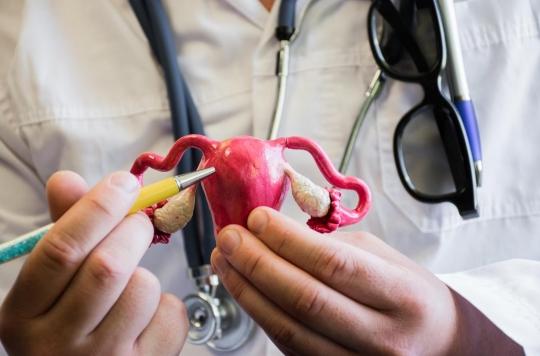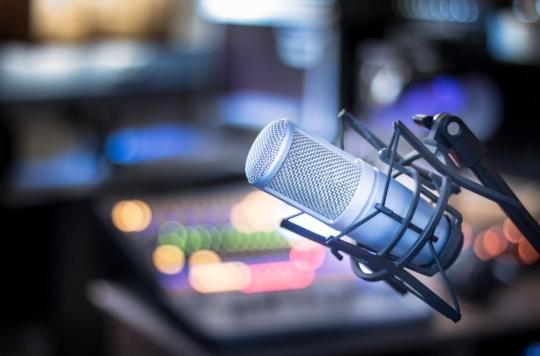In France, one in three medical students consumes psychoactive substances during exams, according to a study.

Doping in the student world is becoming commonplace. In medicine, it concerns one in three young people, according to a study conducted by researchers at Inserm and published in the journal Medicine. So many students who ingest, during revisions, psychostimulants of all kinds.
To assess the prevalence of consumption among this population, the authors of the work interviewed students through an online questionnaire between April and July 2015 – in the midst of the exam period. More than 1,700 students aged 27 on average were surveyed. The answers, probably underestimated since they are based on declarative information, suggest relatively widespread consumption.
Corticosteroids in the lead
Thus, 29.7% of respondents use over-the-counter products and 6.7% use prescription drugs. In addition, 5.2% of those questioned ingest illicit drugs.
Among the substances identified, the authors mention caffeine pills and energy drinks, but also prescription molecules – methylphenidate (Ritalin, against attention disorder with or without hyperactivity), corticosteroids (anti-inflammatory drugs), modafinil (against hypersomnia), piracetam (against balance and memory disorders in aging subjects). Among the illicit molecules, the authors note the consumption of amphetamines and cocaine.
Corticosteroids are among the most consumed drugs (4.5%), ahead of Ritalin or modafinil – unlike the United States, where these two molecules are widely used in the context of student doping. Corticosteroids would reduce the feeling of fatigue, regulate mood and amplify the feeling of envy, and voluntarism, according to the authors.
According to the scientists, these results suggest that restrictions on methylphenidate and modafinil have limited their access, and therefore, their misuse. However, consumption has shifted to corticosteroids, which are easier to access. “This raises a new public health problem, since corticosteroids can have severe side effects,” the authors conclude.
.














